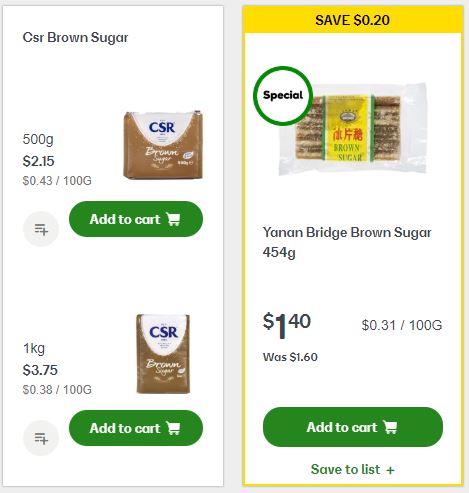Hi everyone!
The survey is part of a 10 year review of the unit pricing legislation - the unit pricing legislation is due to sunset in a few months’ time so the government needs to do a couple of things:
- decide whether to keep it (we think this is likely)
- decide whether any changes need to be made
This is the first wide consumer consultation that has been conducted by Treasury.
For anyone that is preparing a response to the survey, the best place to raise issues is in question 10. In your response, you don’t have to address every point and you’re welcome to share your personal experiences. The more individual your response, the more likely it will be read and taken on board by the people looking at this survey.
Our guide for Question 10
Here are some pointers and ideas to think about when you get to Question 10. In your response, you don’t have to address every point and you’re welcome to share your personal experiences. The more individual your response, the more likely it will be read and taken on board by the people looking at this survey.
Unit pricing is inconsistent

You might find variations in layout and presentation which make it difficult to scan for unit prices when you’re shopping: some canned foods show the unit prices for drained weight, while others use the total weight as a reference.
When you’re filling out question 10, think: What inconsistencies have I seen while shopping?
Labels aren’t always clear and visible

The unit price shown here is far too small to see when you’re scanning supermarket shelves. Sometimes unit pricing uses colours, font sizes, language and placement that is difficult to see or interpret, and sometimes it’s missing altogether!
Last year, Aldi even went so far as to shrink its unit prices. What standards would you like to see introduced to make unit pricing more visible?
It’s not always easy to use unit pricing online

A lack of clear, consistent unit pricing is a problem for those of us who shop for groceries online – you’re unable to see the physical products and compare their sizes.
Sometimes it’s also difficult to accurately sort groceries online according to unit prices. How could using unit pricing online be easier?
Unit pricing isn’t available where you shop

Your local Woolworths and Coles have to comply with unit pricing but many smaller stores don’t, like this pharmacy. Do you want to see unit pricing in pharmacies, hardware stores and smaller groceries?
It’s hard to raise issues when you find them

Like knowing whether you should speak up at the store or call head office. Would you like to see a simpler way to register complaints about unit pricing?




